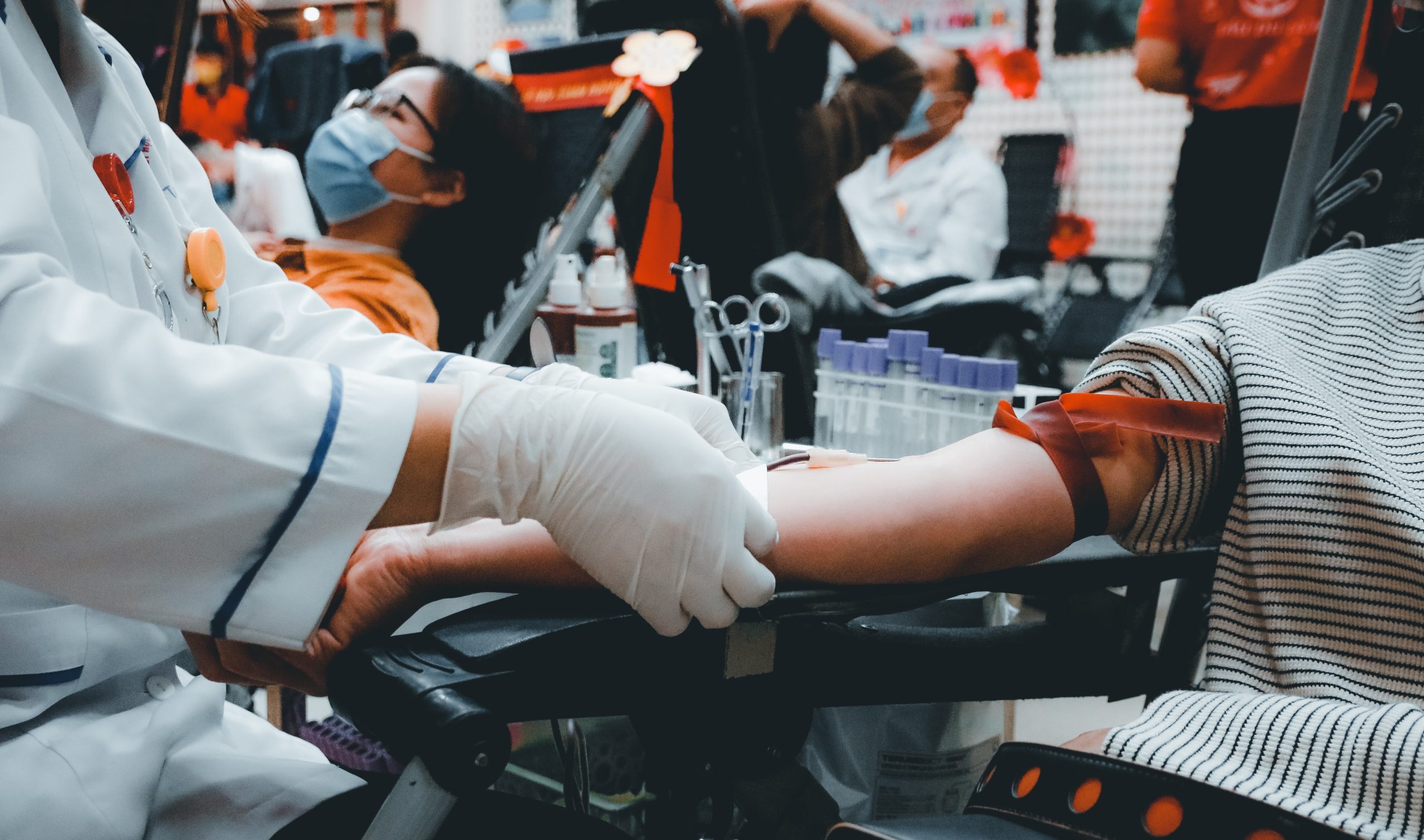The recent remarkable case of Daniel Mitchell, a patient who defied the odds and emerged from a long-term catatonic state, has ignited a renewed focus on the diagnosis and treatment of catatonia. This extraordinary breakthrough prompts a critical reassessment of our current understanding and management of this enigmatic condition, offering hope and valuable insights to patients, caregivers, and medical professionals alike.
Catatonia, a complex neurological disorder characterized by a state of immobility and unresponsiveness, has long been shrouded in mystery. The case of Daniel Mitchell challenges prevailing assumptions and reveals the limitations of our knowledge in this field. By delving into the details of Daniel’s journey, we can glean valuable lessons that can shape the future of diagnosis and treatment for catatonic patients.
One of the key takeaways from Daniel’s case is the imperative need for accurate and early diagnosis. For years, Daniel’s catatonic symptoms were misattributed to other conditions, resulting in delayed interventions and prolonged suffering. His story underscores the importance of increased awareness among healthcare professionals about the diverse manifestations of catatonia and the necessity for prompt evaluation and appropriate treatment.
Moreover, Daniel’s recovery emphasizes the significance of a multidisciplinary and holistic approach to catatonia care. In his case, a comprehensive treatment plan encompassed a combination of medication, physical rehabilitation, occupational therapy, and psychological support. This integrated approach recognizes the complex nature of catatonia and underscores the importance of addressing both the physical and psychological aspects of the condition.
Daniel’s remarkable journey also highlights the need for ongoing research and innovation in the field of catatonia. His recovery challenges the medical community to further investigate the underlying mechanisms of this disorder, seeking to unravel its complexities and identify new therapeutic avenues. By supporting and investing in research endeavors, we can foster advancements that will ultimately improve the lives of catatonic patients worldwide.
Ethical considerations play a crucial role in sharing cases like Daniel’s. Respecting patient privacy and obtaining informed consent are paramount. Responsible reporting that adheres to journalistic ethics allows for the dissemination of valuable information while safeguarding the well-being of the individuals involved.
Daniel’s case also raises broader questions about the social perception of catatonia and mental health disorders. The prevailing stigma surrounding these conditions often hinders accurate diagnosis, appropriate treatment, and public understanding. By shining a spotlight on remarkable recoveries such as Daniel’s, we can challenge misconceptions and foster compassion and support for those affected by catatonia.
In conclusion, Daniel Mitchell’s astounding recovery from catatonia necessitates a comprehensive reevaluation of the diagnosis and treatment of this complex condition. His case reminds us of the importance of accurate and early diagnosis, an integrated approach to care, ongoing research, and the need to combat societal stigmas. By harnessing the lessons learned from remarkable cases like Daniel’s, we can empower medical professionals, improve patient outcomes, and ignite hope for a future where catatonia is better understood and effectively treated.










